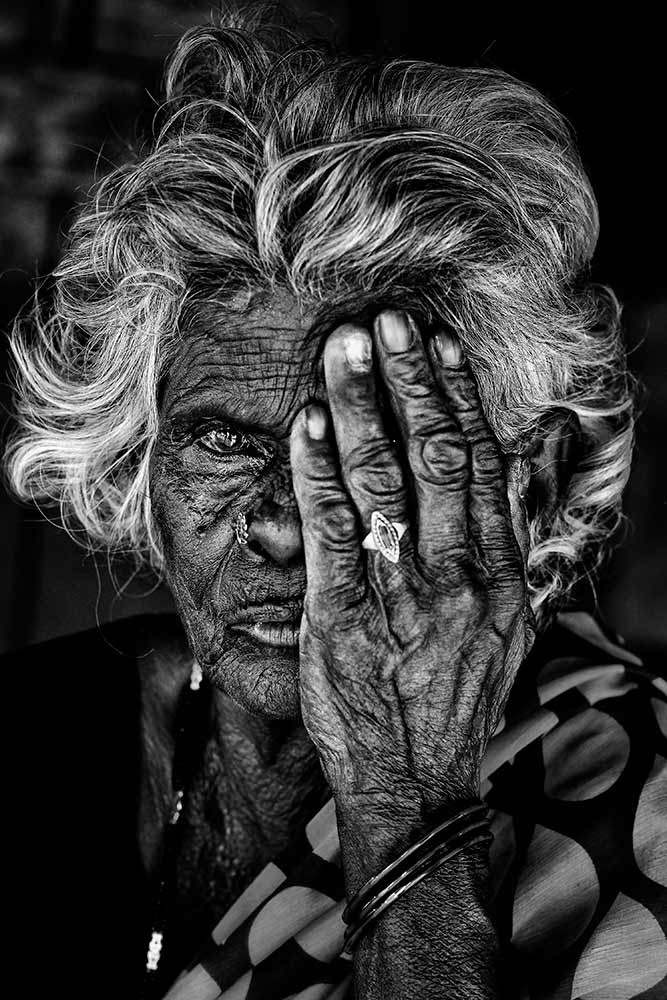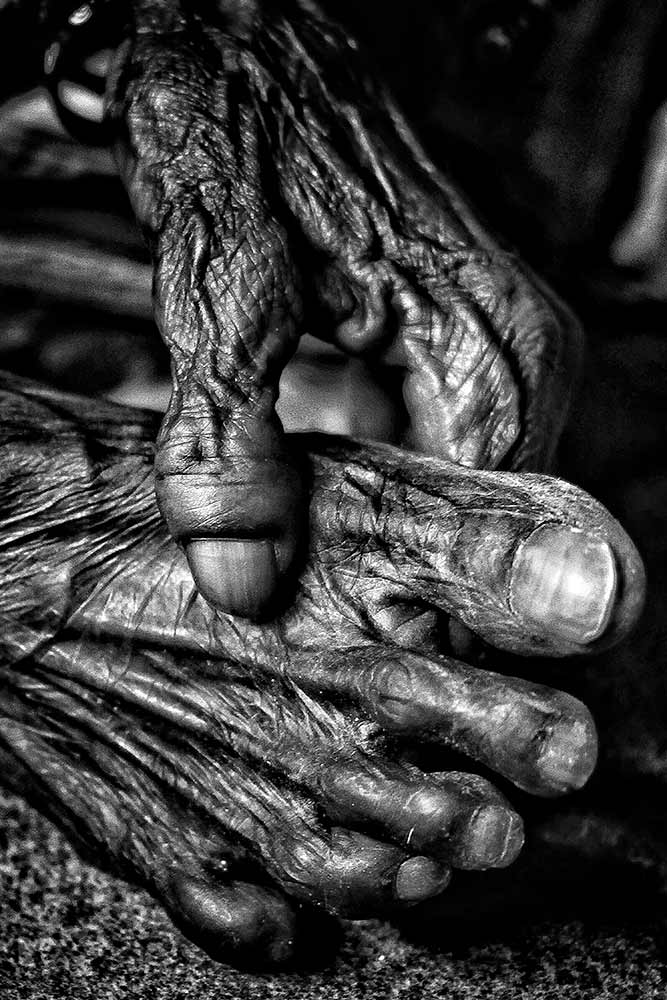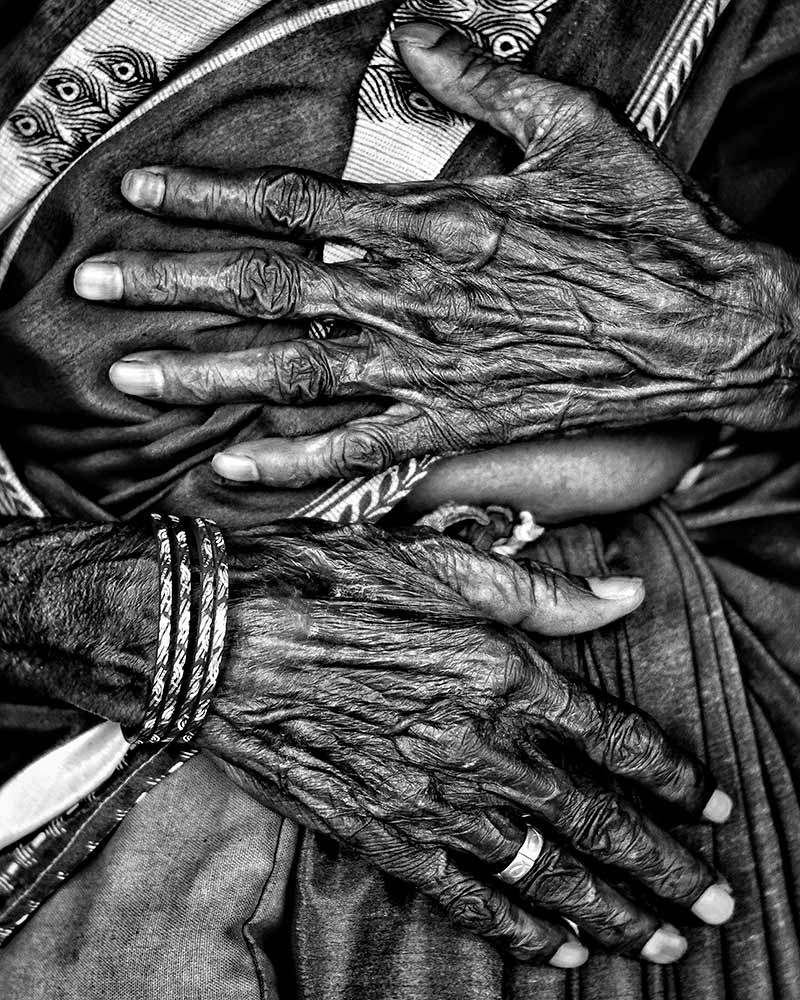Humanitarian Stories
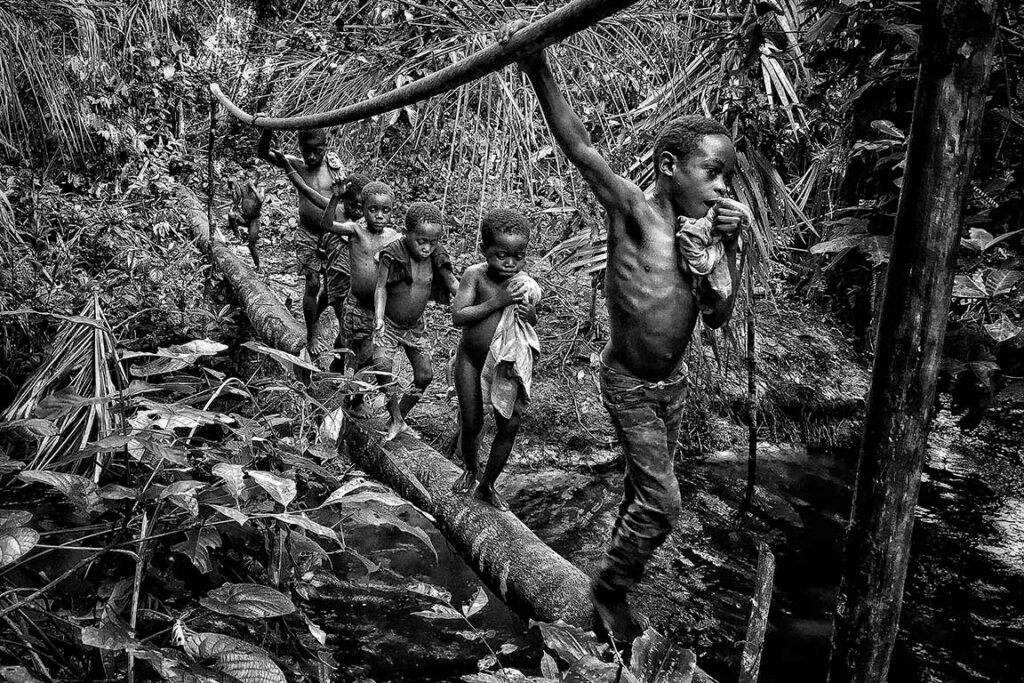
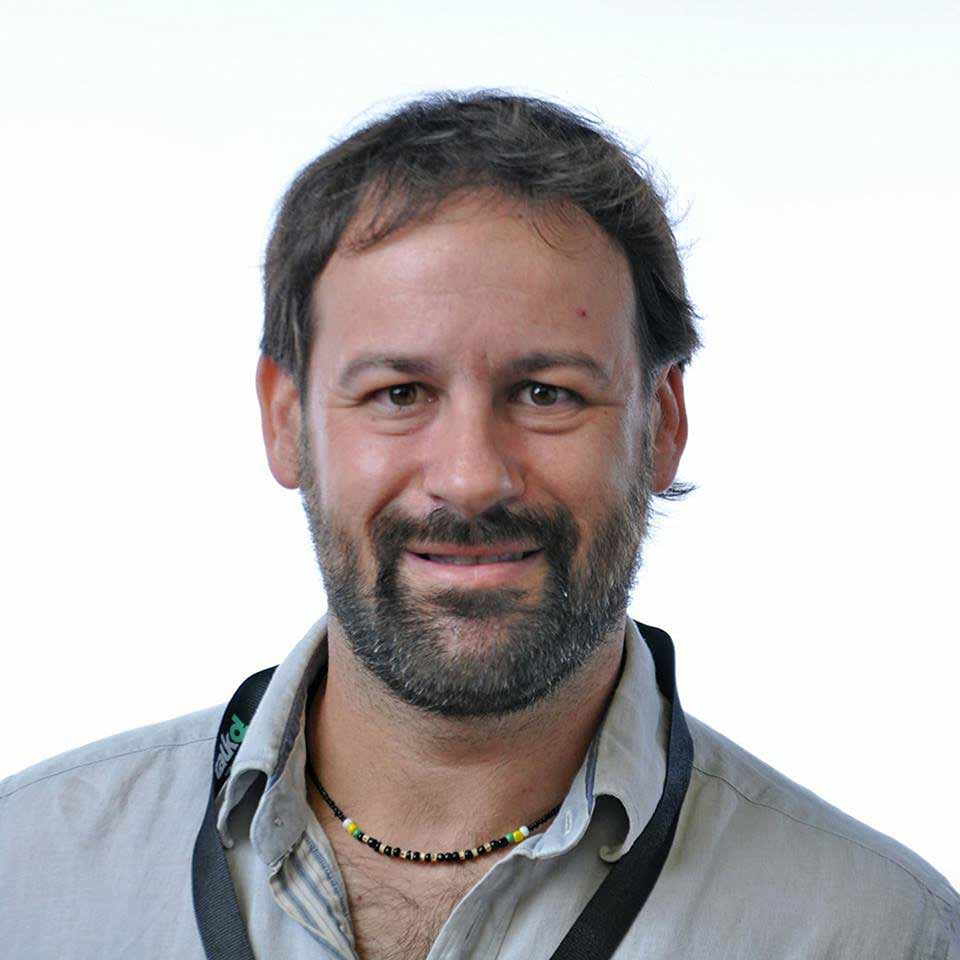
Spanish award-winning international photographer Quim Fàbregas shoots hypnotizing photos that associate us with his figures’ lives and rich stories.
Quim Fàbregas has been studying photography through participation in courses given by Foto Film Calella (2000) and by the Institut d’Estudis Fotogràfics de Catalunya (2001-2003). Being a columnist in the newspapers La Vanguardia and El Punt Diari opened entryways and gave him the apparatuses to begin his vocation as a photojournalist. His work has been featured widely and has gotten widespread acknowledgment and global honors. Continually showing the variety of life structures in various pieces of our planet, Quim photos are a delightful experience for the eye. His photos are a visual pleasure, an unexpected touch of what makes us human.
The childhood of the Baka pygmies
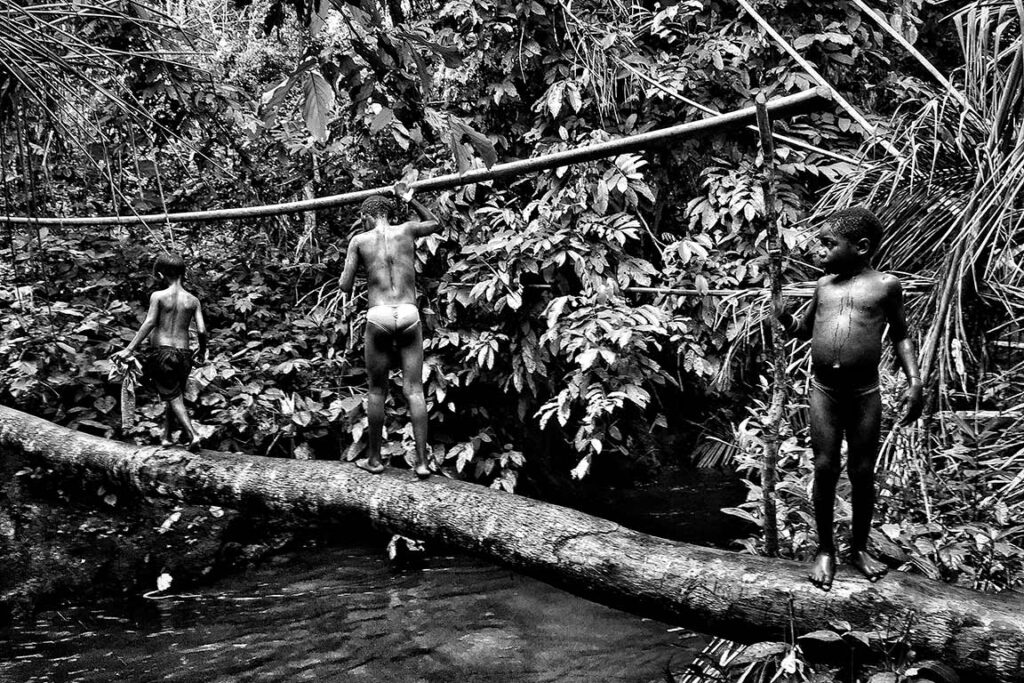
The childhood of the Baka pygmies is a photographic report made in the jungle of Cameroon. This report exhibits the childhood life of the pygmies, their freedom, their way of spending hours in the middle of nature, and the toughness of living in a habitat that rains for many months of the year, and It’s extremely tough to get food. You can see the faces of the happy and cheerful children, but you can also see the hardness of the mothers.
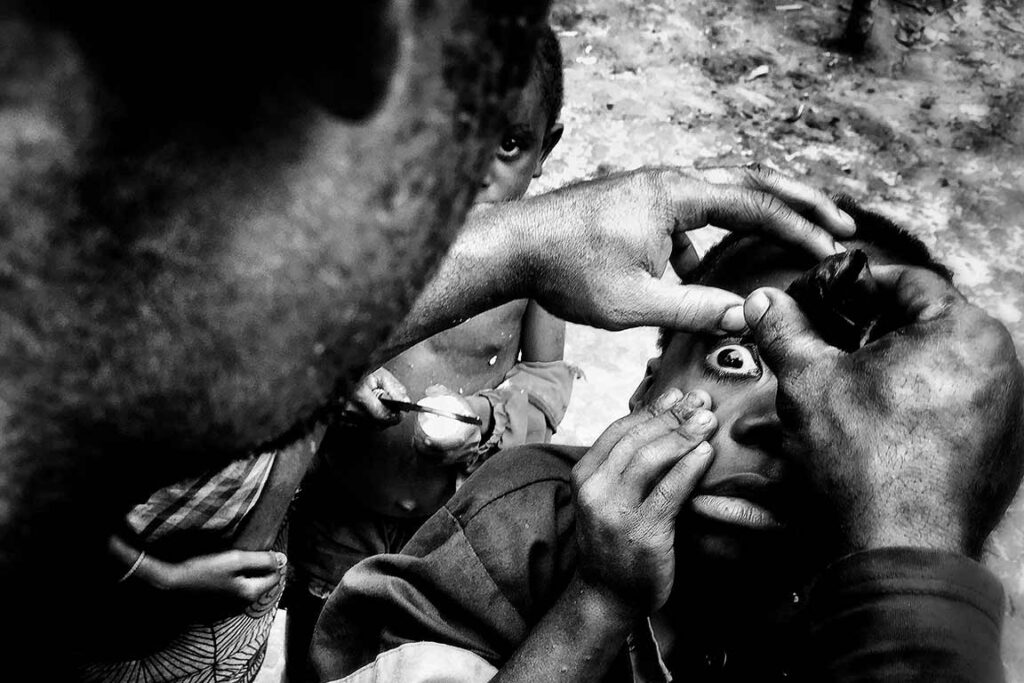
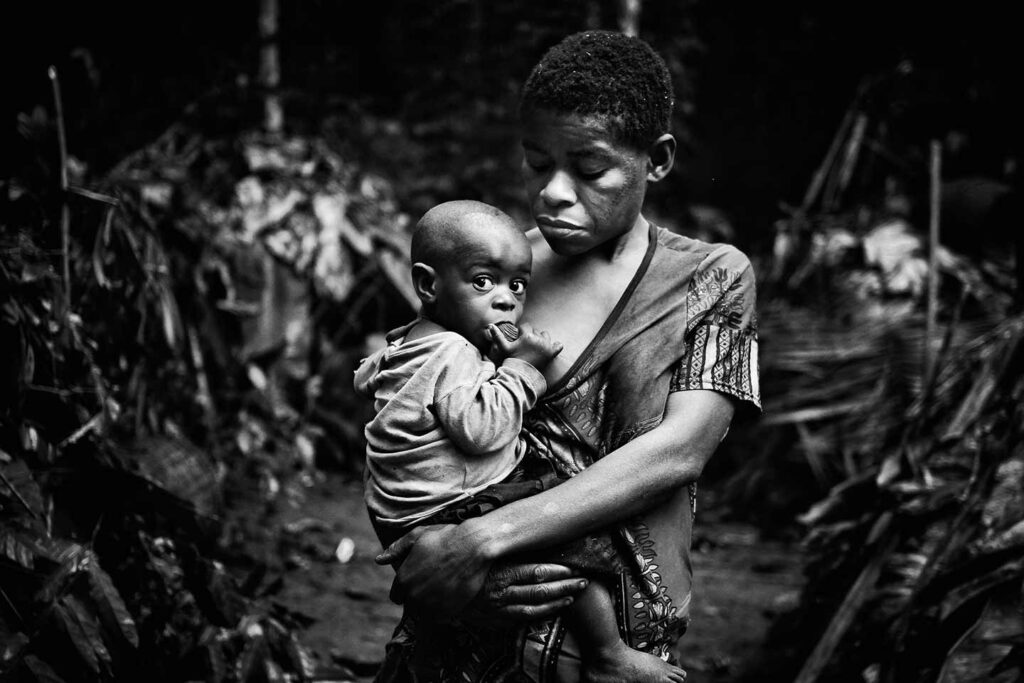
QUIM FÀBREGAS | AN EXCLUSIVE INTERVIEW
Lens Magazine: Thank you Quim, for taking the time for this interview. Please share a bit of your background, where you grew up. Education or previous jobs? Did you come from an artistic family?
Quim Fàbregas: I grew up in a coastal town near Barcelona. Calella and I had a wonderful childhood full of life and many friends. We boys at that time lived on the streets. My parents had a restaurant, and studies were not the most important thing, but helping them work in the family business or, at an early age, start working normally in hotels in the city. When I was 22 years old, I went down to a photographic store in one of my jobs, and there I found a passion for photography.
I come from a very hard-working family, and some direct relatives are musicians, painters, and my brother, an actor in television series and theaters in Spain.
L.M.: What led you to focus mainly on global humanitarian and cultural issues?
Q. F.: At the age of 22, I got serious about photography because of my passion, and I studied a basic course in the photographic entity of my town Foto Film Calella. Then I started as a black-and-white laboratory teacher and was in charge of the study. In one of the meetings, Vicente Ferrer proposed a trip to India, a Spanish missionary whose direct family was from Calella. And at 24, I made my first photographic trip to India in one of the country’s poorest areas. I was there for a month, and my life changed completely. It was when I decided to travel the world to photograph it and make a better world. I left everything to help thousands of people, especially in Africa, where we have carried out 12 humanitarian projects.
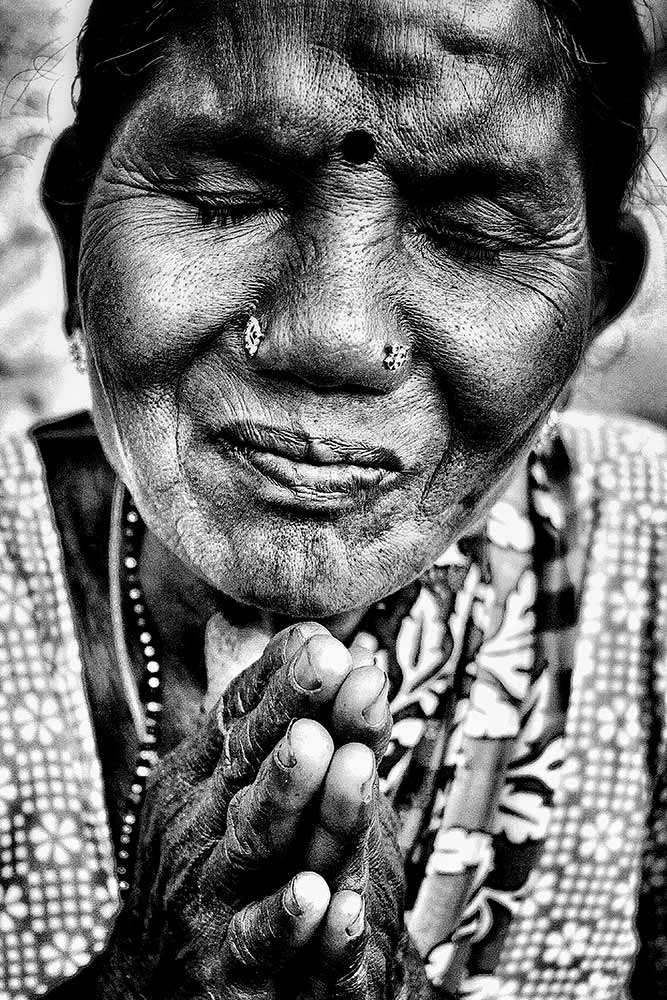
L.M.: Please share some information about your intensive activism for humanitarian issues with our readers and the main goals?
Q. F.: I traveled to the Gambia and Senegal with a humanitarian organization six months after the trip to India. I found a place with a totally different energy in Africa than the places I had been or lived before. That energy made me feel better every moment. I worked as a volunteer and as a photographer in an organization for 7 years. We were dedicated to agriculture projects. He gave lectures and exhibitions in Spain to explain the difficulties in rural villages.
In 2009 I started my own personal project. I began to live for 8 or 9 months a year in different areas of Africa, such as Gambia, Senegal, Burkina, Benin, or Cameroon, organizing trips and photographic reports. With the sale of my photographs, we began to carry out education, health, sports, and agriculture projects. Before the pandemic, I started working in Mongolia or India, and South America. The pandemic has stopped us all.
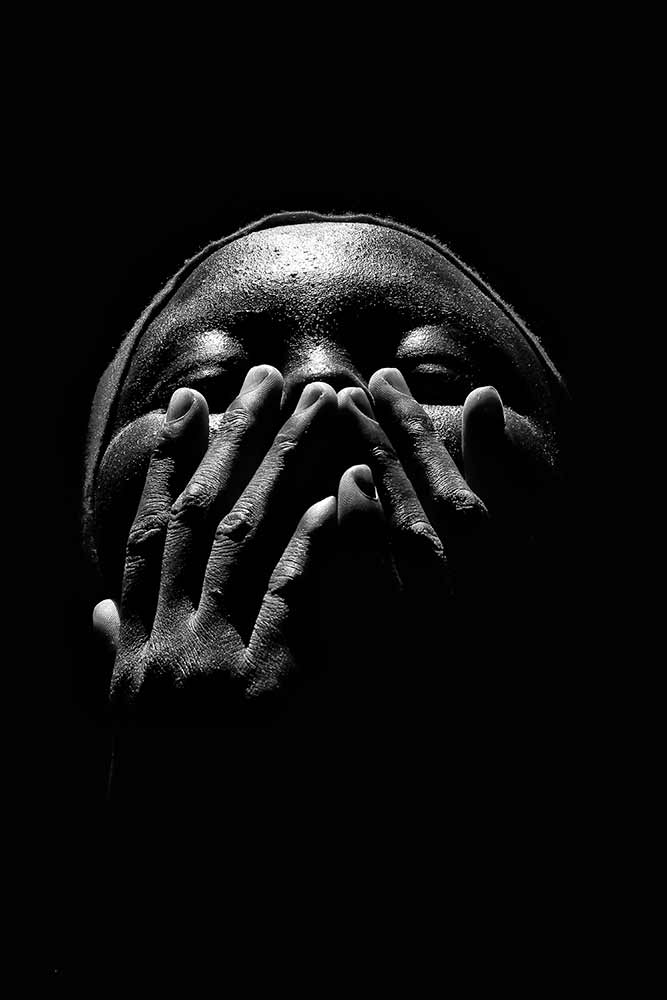
L.M.: Many of the portraits in B & W are very intense, representing the importance of photography in your life. Why Black and White?
Q. F.: I started analog photography, and my first steps were to develop my images in the laboratory at my own home. I studied the Anselm Adams zone system. I have been researching precise black-and-white development for years. When we started digital photography, I started to study the laboratory development process of the zone system digitally, where I got the results where I wanted to go. But it has not only been for the studies of black and white but for my way of being. From a young age, I had a lot of anxiety that, at times, reached depression. Photography helped me understand my soul’s problems, my being, and many answers because certain things happened to me. As I traveled through Africa, I began to heal. Africa is light, colors, life, everything, and people believe that there is only poverty, but much of my work is in black and white for reasons that I have lived in my life. My soul has been more sad than happy, and that gives revelation to why many of my photographs are in black and white.
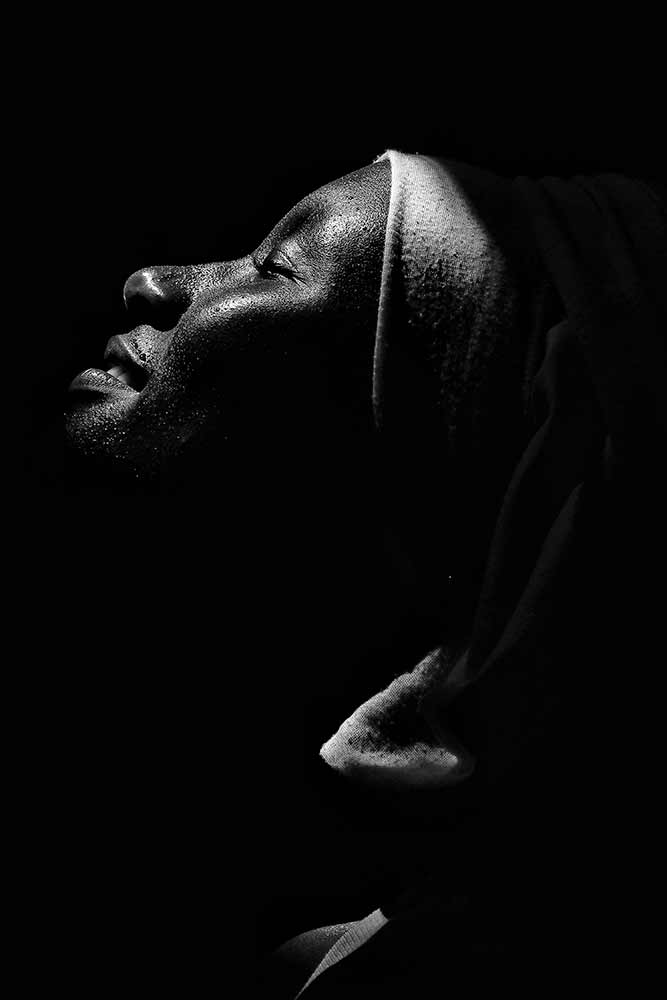
L.M.: Tell us about the intimate situation with the figure. Do you spend time before the shooting with the person to get the right atmosphere?
Q. F.: Most of my photographs of people are of people I live with. For over a decade, I spent a lot of time in different parts of the world, especially in Africa. There he lived with them for seasons. That means they are part of my family. You can photograph much more intimately with this direct contact, reaching each person’s soul. Taking a portrait is more than a click. It is a cluster of emotions and unique sensations and is also shared with each other. There are portraits where the emotion has been so great that I have come to cry. And the greatest satisfaction is that the person I photograph feels comfortable and relaxed without posturing. Being him or herself. And that’s how it is when you really reach the souls.
L. M.: With tremendous photography experience as a fine art photographer but also as a photojournalist, you’ve seen the industry’s fluctuation. What is your opinion about the current state of photography and social media’s effect on the photography industry?
Q. F.: Photography is not valued by people who have been working with such passion and soul for a long time. It is not valued as a serious profession. At the time of analog photography, it was a very exciting time because those people who felt them at heart and who struggled to progress in the world of photojournalism or art, in general, were dedicated to photography. Through social media, photography has reached millions of people who seem to believe that they can be photographers or artists simply because they are influencers. Today’s most important social networks are photography and video, and we see millions of images a day, but without a doubt, at a very low level artistically.
L.M.: What was your most exciting experience during your travel? And the most difficult?
Q. F.: I have had many moments of all kinds in my 20 years of photographic career, more good than bad. But without a doubt, one of the most exciting stories was meeting Kadijatou in The Gambia. In 2006 I did my first social photographic report in Africa at Kadijatou’s wedding, she was 15 years old, and I made the best-known photograph of my work, which I called “The bride’s tear.”
That image traveled the world, being exhibited in New York, Mexico, Venezuela, Argentina, Chile, Peru, Spain, Brussels, and many newspapers or magazines. Years passed, and he always had in mind to go see her again. Until 2009, without knowing anything about her, I went to the village where she got married. And I saw her again. She remembered me a lot all her life about her. We made a campaign of that photograph to sell it, signed by her and me, and with the profits, we have built a project to give water to her village. Nowadays, when I go to the Gambia, I live with her and her family in her house. The worst experience was when I made a trip from Barcelona to Burkina Faso by car. On the border of Mauritania, the military detained me in a forest so that the terrorists in the area would not kidnap me.
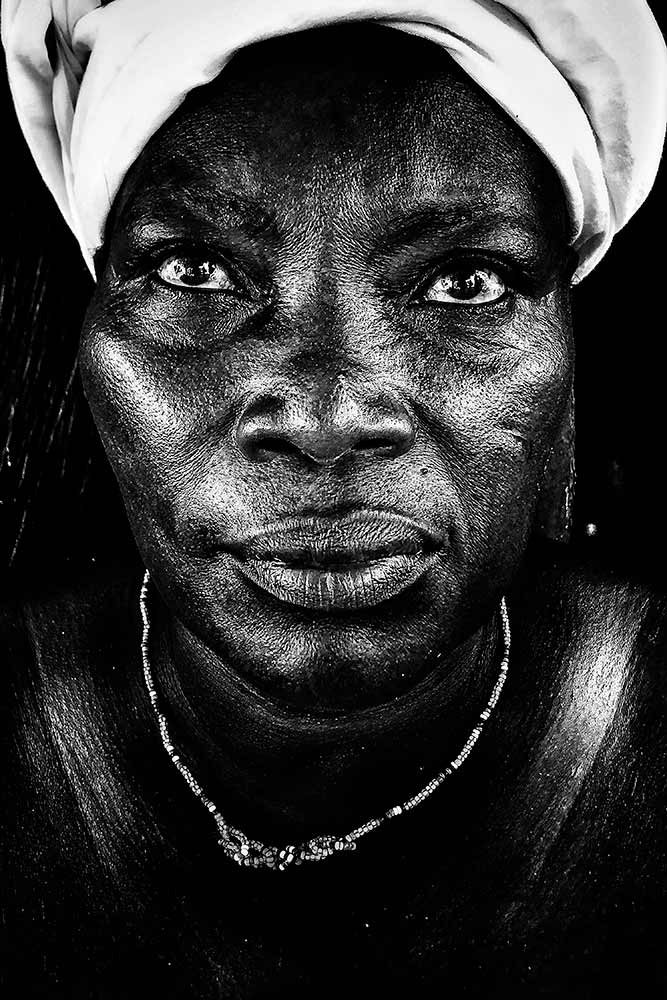
L. M.: What is your favorite camera and lens when you go out on your travels?
Q. F.: Since I am in the digital world, I have always used Canon. I use an average camera, the Canon 6D, with several fixed lenses; I do not use zooms. The most used lenses are 35mm or 50mm and 85mm for portraits. Currently, the telephone is more than an essential tool.
L.M.: What kind of photo editing are you using?
Q. F.: Lightroom, Photoshop, and on many occasions, Snapseed for social networks.
L.M.: Did other photographers influence you?
Q. F.: Sebastiao Salgado, Steve McCurry, Henry Cartier Bresson, Annie Leibovitz or Dorothea Lange.
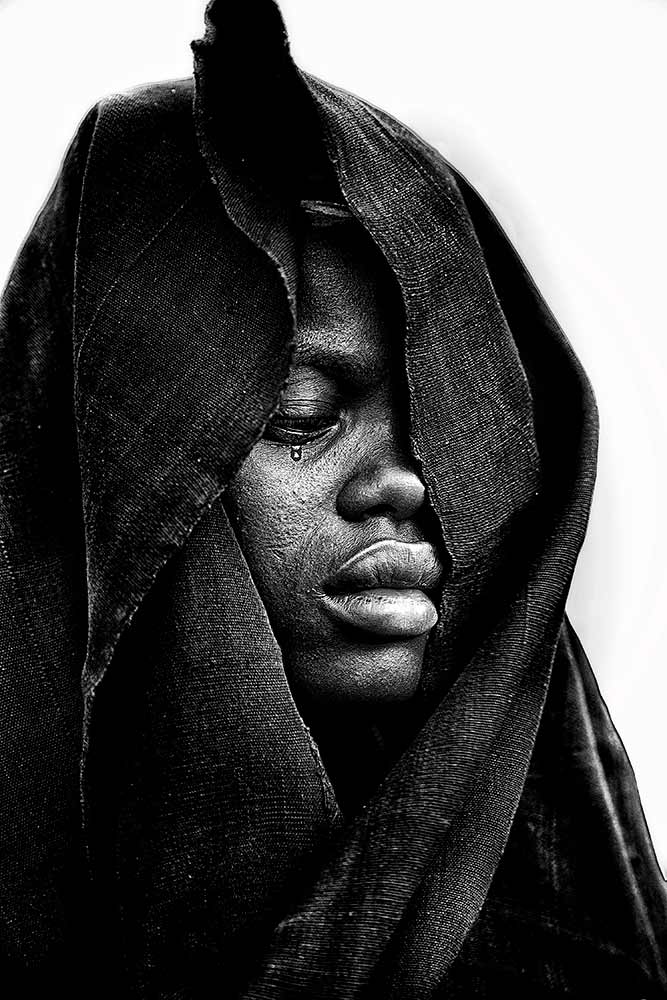
L.M.: Do you have a project in mind that you would like to take on in the future?
Q. F.: I always have projects in mind, making me live in an increasingly inhuman and sad world. I am working with a team on a documentary we shot in Africa this January. I have two active exhibitions, one in Brussels and the other in Barcelona. In July, he traveled to Benin to follow a photographic work on Voodoo, scarification, and fetishism. And I am focused on selling my work. I believe that after 20 years, I can give value to my photographs.
L.M.: What advice do you have for aspiring fine art photographers or photojournalists starting in the field?
Q. F.: I’m not really giving advice; I always believe that we have to learn every day. But I can say that if they don’t have passion and only do it for money, they better not dedicate themselves to photography or art in general. So it is not only a question of money but of SOUL.

